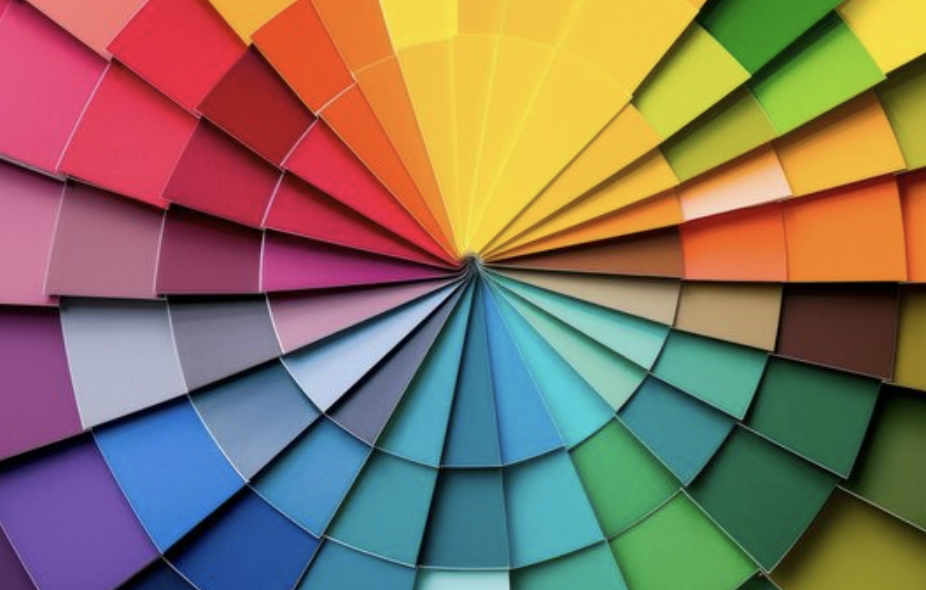How Colour Controls What Your Audience Feels (And Buys)
Think colour is just about making your animations look pretty? Think again, if you’ve ever watched an animation and felt a surge of excitement, calm, or even nostalgia, it’s highly likely colour psychology had a significant role to play.
We rarely think about colour when we watch a video or film, but – when used correctly – we can feel it!
In this quick read, we’ll explore why and how colour choices shape the way audiences experience animation, and give you actionable insights to make your visuals emotionally compelling.
1.Links to psychology
In motion graphics and videography, colour isn’t just decoration, it does more than catch the eye – it subtly shapes how your audience thinks, feels, and even makes decisions. It’s a powerful tool that is linked to behavioural psychology; and research on colour preference, for instance, has consistently shown that people tend to favour colours in more saturated forms (Granger,1952), especially when it comes to video in the digital age.
This fact also follows well the Von Restorff effect – which tells us that when multiple similar objects are present, the one that differs from the rest is most likely to be remembered – as well as Visual Anchoring – which tells us that colour is one of the visual anchors used in design to create hierarchy, call attention to certain elements, and – importantly! – to help improve accessibility.
2.Colour-emotion associations
Historically, the best oral storytellers knew how to evoke emotions, and provoke the interest of the listener, with tone and emphasis on specific points in their story. In the same way, animators use colour – and its deep link to people’s emotions – to create the environment, mood and trigger specific responses and feelings from their audience.
Classically, Red grabs attention, signals urgency or excitement and encourages action, Blue evokes trust and calm, Yellow sparks curiosity and optimism, while Green often represents growth and balance, and Purple or Black may suggest luxury or sophistication.
In video and animation, these associations influence how viewers perceive characters, products, or messages – sometimes even guiding their emotional journey and choices without them realising it.
These basic associations are generally observed around the world, especially with the rise of social media, however, some cultural variations still exist. Despite this, psychological research on colour preferences, also suggests that people tend to generally and more widely prefer the colour blue and its hues above other colours, in spite of gender or culture.
3.Quick tips for applying colour effectively
Both animations and motion graphics for ads use colour in similar ways, but by observation animated films usually use colours according to the characters and story they want to tell, and motion graphics for commercials often pair contrasting colors to direct the viewers’ eyes quickly to key information.
Easy steps to apply colour psychology in animation:
- Align your colour choices with the emotion or action you want to evoke in your story.
- Limit your palette to maintain focus and avoid visual clutter.
- Use contrast to highlight important elements or calls to action. High saturated, bright and bold colours attract the viewer’s eye quickly and effectively.
- (Keeping in mind the previous step) Use colour strategically to guide attention, highlight products, or reinforce your message.
By thoughtfully combining the psychology of colour for storytelling with good design, your animations can feel intentional, emotionally resonant, and memorable.
Give an emotional advantage to your animations
Whether you’re designing a commercial, a short animation, or a social media clip, understanding colour psychology can dramatically improve how your audience engages with your content – and how they respond to your call to action.
By fully exploring the power of colour psychology, you can make your animations and videos not only visually striking but also emotionally persuasive; and you can happily use us as your partner in creating dynamic animations that connect, delight and remain memorable.
Final thought…
At the end of the day, colour is far more than an aesthetic choice, it’s a storytelling strategy. By weaving psychology, emotion, and design together, animators can guide audiences on an emotional journey that feels effortless but intentional. When you understand how hues influence perception, mood, and memory, your work goes beyond being visually pleasing, it becomes persuasive, impactful, and unforgettable. The right colour choices don’t just decorate your animation; they define how it’s experienced.
Written By Marina Koukkou




